Australian Criminal Intelligence Commission
The Australian Criminal Intelligence Commission has today released the second report of the National Wastewater Drug Monitoring Program, revealing some of the highest methylamphetamine levels were once again seen in Western Australia, although consumption peaked in October 2016 and reduced over the next four months.
While small overall changes were evident at both a site and a state level, the recent declines in methylamphetamine use in Western Australia were clear reversals in longer term trends.
Minister for Justice, the Hon. Michael Keenan MP launched the report alongside Australian Criminal Intelligence Commission Chief Executive Officer, Mr Chris Dawson APM, at the official opening of the agency’s new Perth office.
These findings complement the results of the Western Australia Police Waste Water Analysis Project, which also found a significant decrease in the level of methylamphetamine use in Perth and selected regional centres in Western Australia in the 2016–17 financial year.
Across the six sites monitored in the state, findings show regional Western Australia had the highest levels of methylamphetamine consumption, while Western Australia and South Australia had the highest levels in capital city sites.
“Methylamphetamine was the highest consumed illicit drug of those tested across all regions of Australia, while alcohol and tobacco were consistently the highest consumed substances tested in all states and territories,” Mr Dawson said.
“We already know that serious and organised crime groups are thriving on the profits generated through the illicit drug trade, with the price paid for methylamphetamine in Australia among the highest in the world.
“Our datasets show that the demand for methylamphetamine, and illicit substances more broadly, is strong and pervasive.
“Although jurisdictional results vary, there was also a slight but pleasing reduction in the level of methylamphetamine used nationally over the period covered by this report, though it’s too early to say with any confidence whether this result is also part of a longer term trend.
“Australia needs a multi-faceted approach to combating the illicit drug trade—it cannot be addressed by law enforcement alone.”
The second report of the National Wastewater Drug Monitoring Program found that of the substances tested:
- Consumption of tobacco was generally highest in Western Australia and Queensland.
- The highest methylamphetamine levels were seen at Western Australian and South Australian sites (capital city and regional), as well as some regional sites in Queensland.
- MDMA use in regional Western Australia and all sites across South Australia was well below the national averages.
- Western Australia remained well below the national average for cocaine consumption.
“We are committed to providing a strong evidence base to inform policy and operational decisions and will continue working with our partners to connect, discover, understand and respond to the threat and harm caused by illicit drug activity,” Mr Dawson said.
For the second report, 37 wastewater treatment plants across Australia participated in the collection of wastewater samples covering thirteen substances. Samples were collected in October and December 2016, and February 2017.
The Australian Criminal Intelligence Commission received $3.6 million over three years from Proceeds of Crime funding for the National Wastewater Drug Monitoring Program and has commissioned the University of Queensland and the University of South Australia to undertake the program and prepare the research reports containing its findings.
The report is available from the Australian Criminal Intelligence Commission website.
